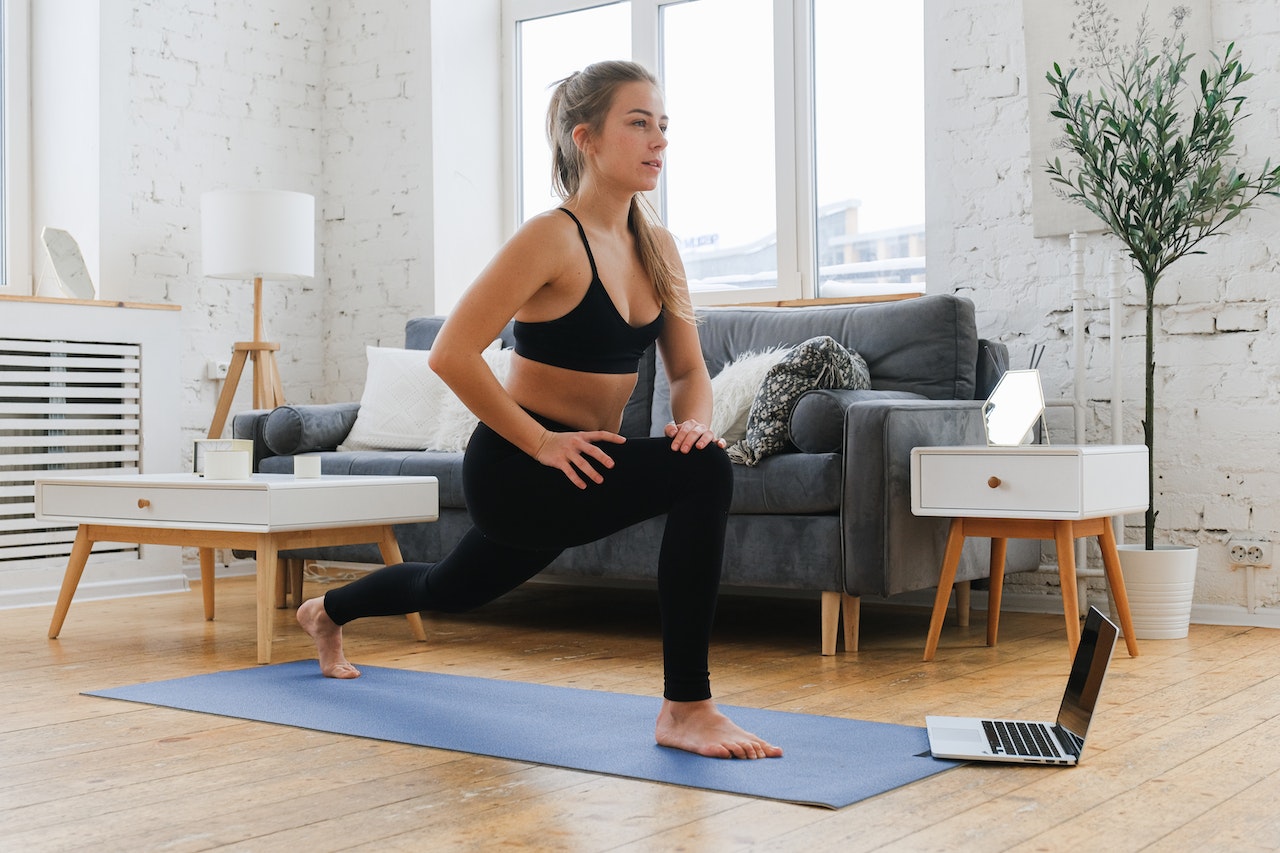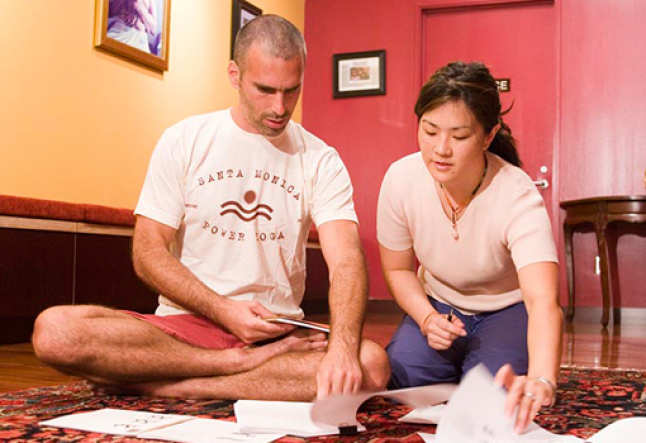how to create effective online yoga classes

The proliferation of yoga instruction available over the internet has made it easier than ever for individuals to incorporate the health benefits of the practice into their busy schedules.
However, for instructors, there is more to making good online yoga classes than propping up a camera and capturing a session. Here are some suggestions about how to lead interesting and useful online yoga teacher training sessions for your students.
Create a solid session structure
A well-thought-out curriculum is the foundation of successful yoga lessons taught online. To ensure a seamless flow from one position to the next and to best serve your students, it is important to plan your sessions and center them around a certain topic or objective. Take into account the skill level of your intended audience and pace your lessons appropriately.
Buy quality equipment
Having high-definition cameras and microphones greatly improves the quality of your online lectures. Be sure the gear that you’re using is dependable and can produce high-quality video and audio. An unpolished final product can severely reduce the satisfaction of your students.
Also Read>>> How To Become A Yoga Instructor
Think about sound and light
The success of an online yoga class relies heavily on the quality of the audio and video. Be sure your pupils can see you well by either letting in enough natural light or purchasing high-quality lighting equipment. You should also use a high-quality microphone and make sure the audio is well-balanced in the acoustics of your space.
Ensure your instruction is succinct and clear
While instructing students online, clarity and brevity are essential. If you want your instructions to be followed easily, they need to be basic and clear, not rambling and complicated. To ensure your pupils fully grasp the postures, be sure to provide them with visual aids and examples.
Engage with your students
Keeping your pupils engaged and motivated is much easier if you can hold their attention. Teachers may make their lessons more interesting by making use of props, changes, and adjustments. Whenever a student posts a question or comment, be sure to answer it as soon as possible.
Shape your memberships to encourage accountability
Provide bundles or memberships to your online sessions to motivate your students to make yoga a regular practice. To meet the requirements of your students, provide a range of courses that vary in difficulty, format, and length.
Cater to individual needs
Your students will have a better chance of succeeding and developing their skills if you provide them with opportunities for individualized attention, such as one-on-one sessions. You might supplement your online lessons with individual sessions.
Conclusion
It is important to plan, invest in high-quality tools, provide detailed but accessible instructions, encourage participation, stress the need for regular practice, and provide individual guidance for students to create successful online yoga sessions.
With these guidelines, you may develop online lessons that your students will like and find useful, and establish yourself as a respected yoga instructor in the field of online yoga education.
